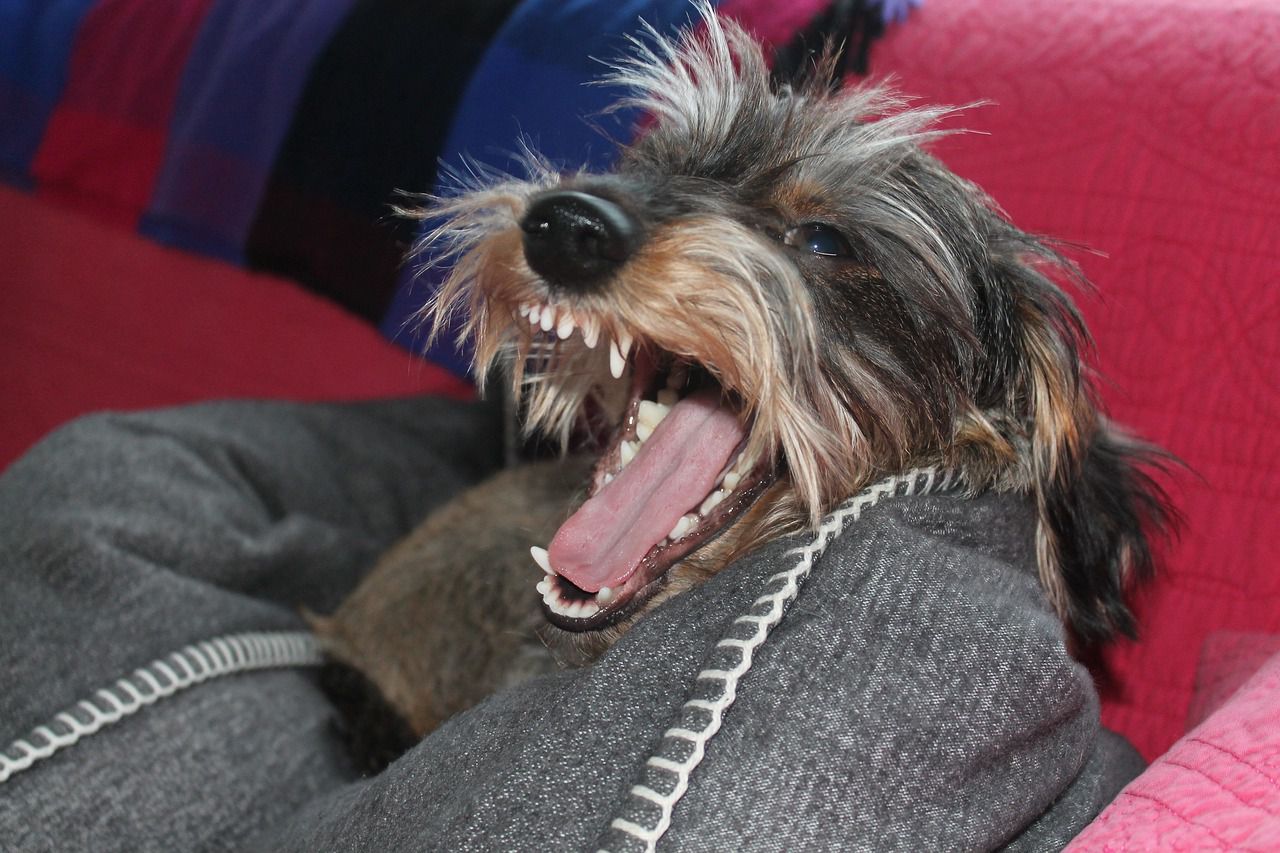Aggression in dogs is influenced by a combination of genetic, environmental, and behavioral factors.
While it's important to note that aggression is not solely determined by breed, certain dog breeds may have genetic predispositions or traits that can make them more prone to aggressive behavior.
Here are some reasons why some dog breeds might be more prone to aggression.
Genetics and Breeding
Breeding practices and genetics play a significant role.
Some breeds were historically bred for specific purposes such as guarding, protection, or fighting.

Over generations, these traits became ingrained in their genetic makeup.
Historical Roles
Breeds that were originally bred for guarding, protection, or hunting can exhibit protective or territorial behavior, which can sometimes be perceived as aggression.
Socialization and Training
Early socialization and training are crucial for shaping a dog's behavior.
Breeds that require extensive socialization and proper training from a young age might show aggression if not exposed to various situations, people, and other animals.
Dominance and Territorial Behavior
Some breeds have a higher tendency to exhibit dominant or territorial behaviors.
This can lead to aggressive behavior when the dog perceives a threat to its territory or status.
Instinctual Aggression
Breeds with a strong prey drive or hunting instinct might display aggression towards smaller animals or moving objects.
This behavior can be difficult to manage without proper training and guidance.
Protective Instinct
Breeds with strong protective instincts might exhibit aggression when they perceive a potential threat to their family or environment.
This behavior is often rooted in their history as guard dogs.









